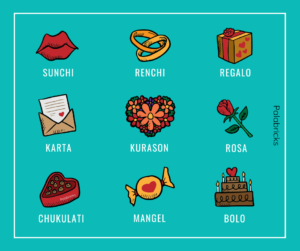When you arrive at the Curaçao International Airport, you’ll be greeted by the warm breeze and friendly smiles. Also a sign that says Bon Bini or Welcome in the local language, Papiamentu.
Curaçao is revered for its sandy beaches and cosmopolitan flair. What is also unique about the island is that the locals speak many languages. Although Dutch is the official language and English and Spanish are widely spoken, a mix of Spanish, Portuguese, Dutch, French, English, African and Arawak Indian – called Papiamentu- is the primary language of the Dutch islands of Curaçao, Aruba and Bonaire. One of just a few Creole languages that have survived to the present day.
Papiamentu is based on words in Spanish and Portuguese dictionaries. Derived from the Portuguese papear or to speak, historians believe Papiamentu originated in the 17th century as a means of communication between West African slaves and their Portuguese master. Today, Papiamentu is spoken by everyone in the Dutch Caribbean and while various nations have governed Curaçao over the years. Papiamentu remains the primary language spoken by locals.
Visitors who speak or understand Spanish, French or Dutch, are able to quickly learn a few phrases in Papiamentu. Like kon ta bo nòmber? Which means “what’s your name” mi ta bon danki ‘which translates to a simple ‘I am fine, thank you’. The word dushi which you’d use to grab the attention of your sweetheart.
Linguistic scholars believe islanders have an instinctive flair for languages as words and phrases from different languages are often heard in one conversation. Taxi drivers, tour guides and hotel staff are pleased to teach their guests a few phrases while tourists with savoir-faire enjoy reading the island newspaper in Papiamentu.
